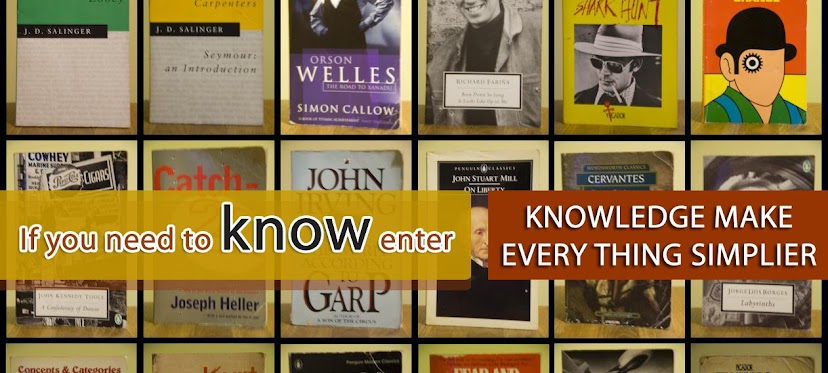1_ابدا بالسلام علي الاخرين فبالسلام تطمئن القلوب 2_ابتسم فالابتسامه لها مفعول السحر وبها تستميل القلوب 3_اظهر التقدير والاهتمام بالطرف الاخر 4_شارك الناس افراحهم 5_حاول ان تساعد الاخرين
6_عليك العفو عن الزلات والتسامح 7_اسال عن الغائب 8_لاتبخل بالهديه فلها قيمه معنويه حتي لو قل ثمنها 9_اظهر الحب وصرح به فكلمات الود تأسر القلوب 10_تفنن في النصيحه ولا تجعلها فضيحه 11_حدث الناس في اهتمامتهم 12_كن متفائلا وابعث البهجه في من حولك 13_امدح الاخر اذا كان يستحق المديح ولكن لاتبالغ 14_اختار وانتقي كلماتك فالكلمه الحسنه تجذب الاخر 15_تواضع فالناس تنفر من الذي يستعلي عليهم 16_لاتتصيد عيوب الاخرين وانشغل باصلاح عيوبك 17_تعلم فن الانصات فالناس تحب من ينصت لهم 18_وسع دائرة معارفك واكتسب كل يوم صديق 19_اعمل علي توسيع اهتماماتك وتخصصاتك 20_اذا قدمت معروفا لاتنتظر المقابل
Saturday, March 13, 2010
Monday, January 11, 2010
Color Meanings

Colors are more than a combination of red and blue or yellow and black. They are non-verbal communication. Colors have symbolism and color meanings that go beyond ink. As you design brochures, logos, and Web sites, it is helpful to keep in mind how the eye and the mind perceive certain colors and the color meanings we associate with each color.
Physical and Cultural Color Reactions
Sometimes colors create a physical reaction (red has been shown to raise blood pressure) and at other times it is a cultural reaction (in the U.S. white is for weddings, in some Eastern cultures, white is the color for mourning and funerals). Colors follow trends as well. Avocado, a shade of green, is synomous with the 60s and 70s in the minds of some consumers.
Color Relationships
In addition to understanding color meanings, it helps with mixing and matching colors to know the relationship of adjacent, harmonizing, contrasting, and complementary colors. The subject is more fully explained in this Color Basics article. But below is a brief synopis:
Adjacent or harmonizing colors appear next to each other on the color wheel. Harmonizing colors often work well together but if too close in value they can appear washed out or not have enough contrast. A harmonizing trio could be something like blue, light blue, and cyan or perhaps red, orange, and yellow.
Contrasting colors are separated from each other by other colors -- they come from different segments of the color wheel. The further apart, the more the contrast. Red (from the warm half of the color wheel) contrasts with green and blue (from the cool half of the color wheel). Shades of purple contrast with shades of green. Contrasting colors that are directly opposite each other on the color wheel may be described as clashing colors -- see the description for complementary. Despite the name, colors that clash are not always a bad combination if used carefully. They provide great contrast and high visibility.
Complementary colors are on opposite sides of the color wheel -- they are each half of a pair of contrasting colors. For example, blue is a complementary color to yellow. Green is complementary to purple and magenta. A pair of complementary colors printed side by side can sometimes cause visual vibration (clash) making them a less than desirable combination. However, separate them on the page with other colors and they can work together. Note the spelling. These are not complimentary colors. They don't always flatter (compliment) one another but they do complete (complement) each other.
On each of the cool, warm, mixed, and neutral pages are links to profiles of specific groups of colors with descriptions of their nature, cultural color meanings, how to use each color in design work, and which colors work best together.
On the next few pages we'll explore the color meanings of four different groups of colors.
Cool Color Meanings (calming): Blue, Green, Turquoise, Silver
Warm Color Meanings (exciting): Red, Pink, Yellow, Gold, Orange
Mixed Cool/Warm Color Meanings: Purple, Lavender, Green, Turquoise
Neutral Color Meanings (unifying): Brown, Beige, Ivory, Gray, Black, White
Subscribe to:
Posts (Atom)
